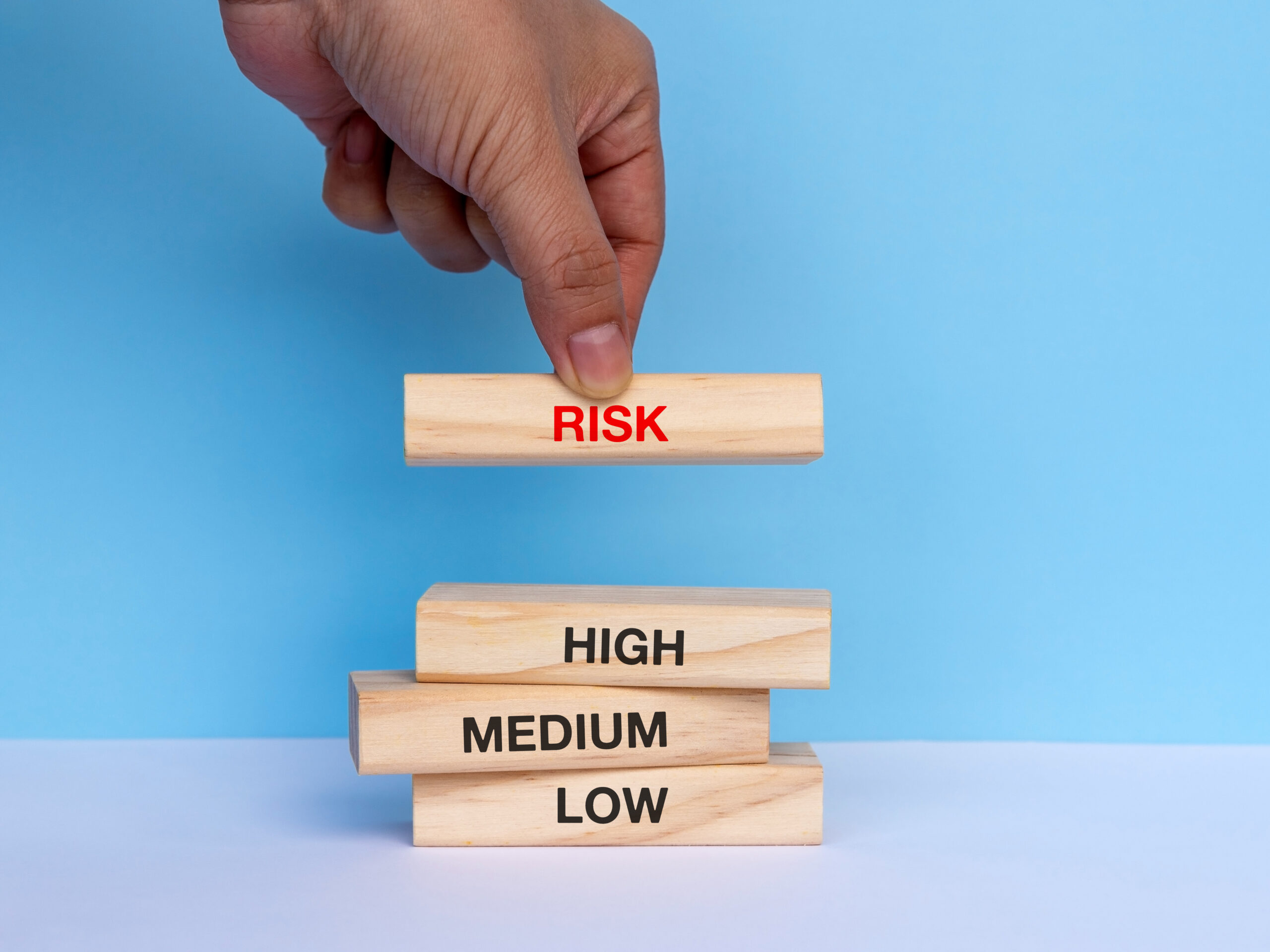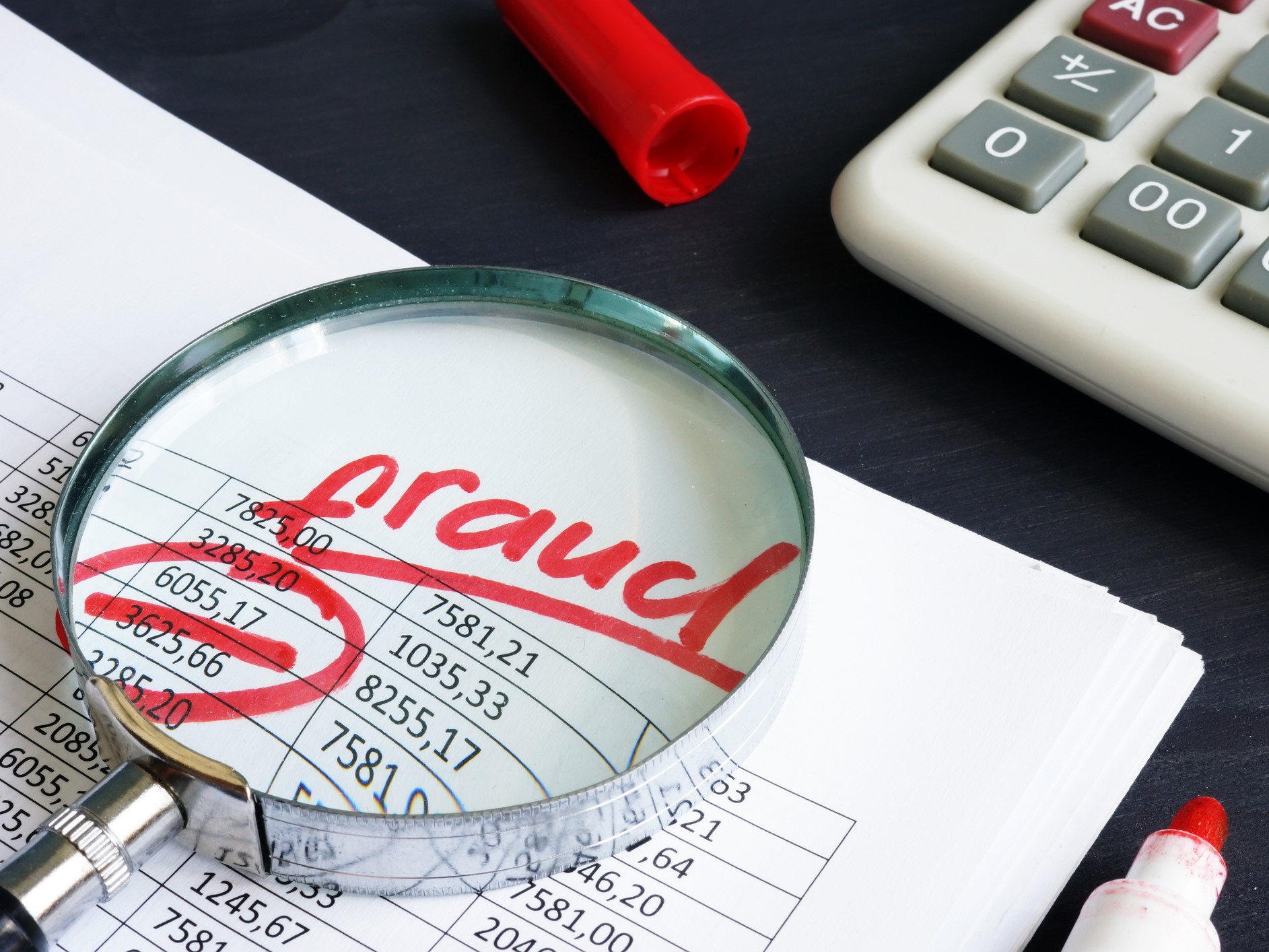Add a Hurricane to a Pandemic and the Risk Management Considerations Get Very Complicated
It is fair to say the COVID-19 pandemic has been the biggest challenge to enterprise risk management in generations. The challenges have been larger than those faced after 9/11, Hurricane Katrina, Superstorm Sandy or Fukushima.
Understandably, for months, risk managers and executive management have been working around the clock to deal with the COVID-19 pandemic. It’s been a Herculean task, which continues today even as the world’s lockdown eases.
But, against this backdrop, hurricane season is beginning in North America, and COVID-19 is bringing a whole new set of challenges for risk managers who may soon be confronted by Mother Nature’s fury.
According to the National Weather Service, an above-normal 2020 Atlantic hurricane season is expected. In fact, forecasters are predicting “a 60% chance of an above-normal season, a 30% chance of a near-normal season and only a 10% chance of a below-normal season.”
For risk managers who’ve been focusing elsewhere, its critically important to understand that the pandemic may well have changed how they typically respond to a looming natural catastrophe.
First, the pandemic requires that you have a plan to ensure those preparing for and responding to a natural disaster are protected from the virus. It is equally important to recognize that the pandemic may well have impacted your workforce in ways you are not aware of.
It is quite possible that where an organization once had a strong emergency response team that could be activated quickly to respond to an impending hurricane, that may no longer be the case as a result of illness or people no longer working due to furloughs or layoffs.
Risk managers must understand whether those who remain are aware of the natural hazard risks the organization is facing and whether they have been trained on what to do in the event of a hurricane or other natural disaster.
Knowledge of some simple things like where flood barriers are stored at a facility or having the key to that storage area can make all the difference between a small distraction and a large disaster.
Second, if your organization has idle facilities that could be in the path of an impending hurricane there are steps to take now to help mitigate natural hazard risk.
Elevate your equipment, install hurricane shutters and flood barriers now, so there isn’t a scramble when the hurricane flags go up. Water damage, among the biggest threats to commercial and industrial property, is a growing risk as sea levels and population density rise.
Third, many businesses have responded to the pandemic by shifting the occupancy of one or more facilities to meet various needs during the pandemic, such as automobile factories shifting to production of ventilators, and distilleries shifting to making hand sanitizer. As such, your response plans for that facility may need to be changed to deal with new raw materials or reconfigured floor space.
A recent global survey of chief executives and chief financial officers of Fortune 1000-sized organizations conducted by my company, FM Global, found more than 75% of respondents have facilities that are somewhat to significantly exposed to climate risks, such as hurricanes, flooding and wildfires. And approximately 80% of those executives say their firms are underprepared and believe their companies have “somewhat to no control” over the adverse financial impact of climate risk on their businesses.
These natural hazard risks are not going away, and during a pandemic you should take on a heightened awareness of them because their adverse impact on your organization could be exacerbated by the pandemic.
Understanding the natural hazard risks to your organization and developing a plan to address them, even if it means adapting to new circumstances brought about by COVID-19, will help put your organization in control rather than at Mother Nature’s total mercy.
Firms that stay vigilant are more likely to be the winners that get back to business at the earliest opportunity when that inevitable natural disaster hits, even during a pandemic. &










